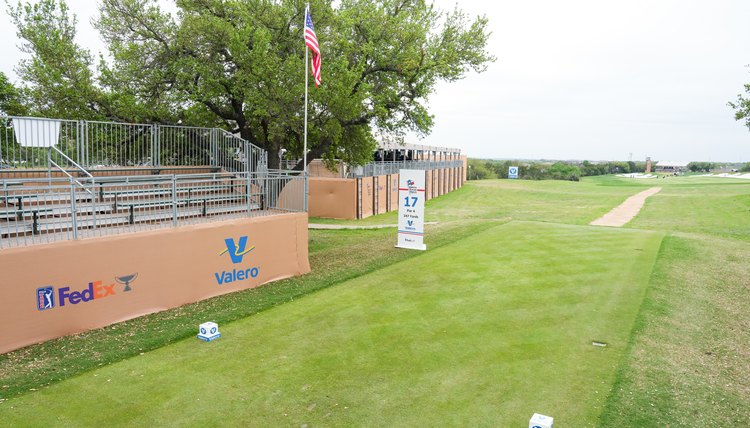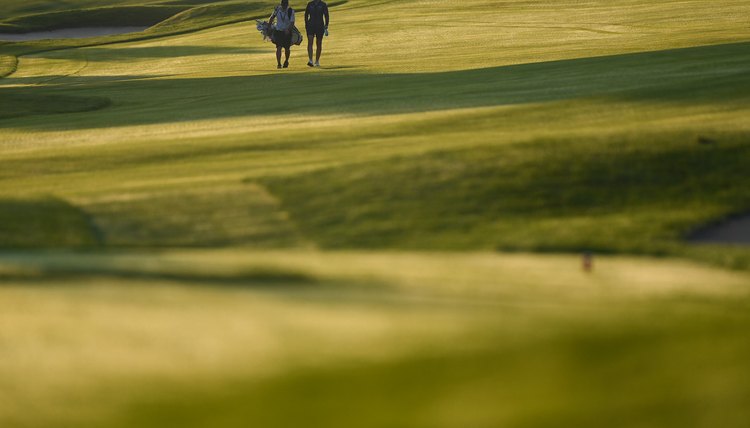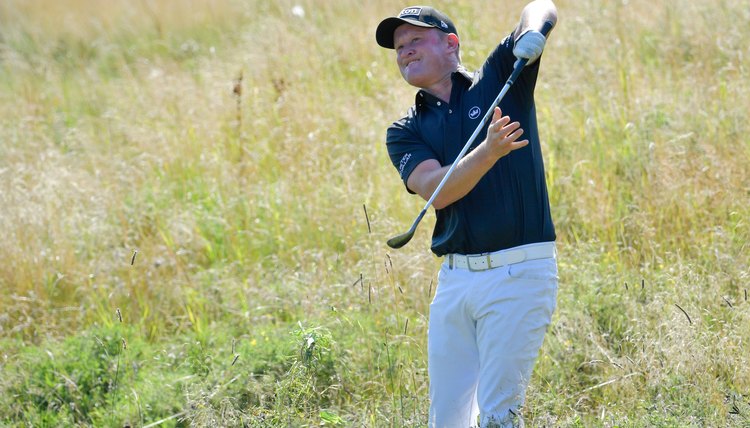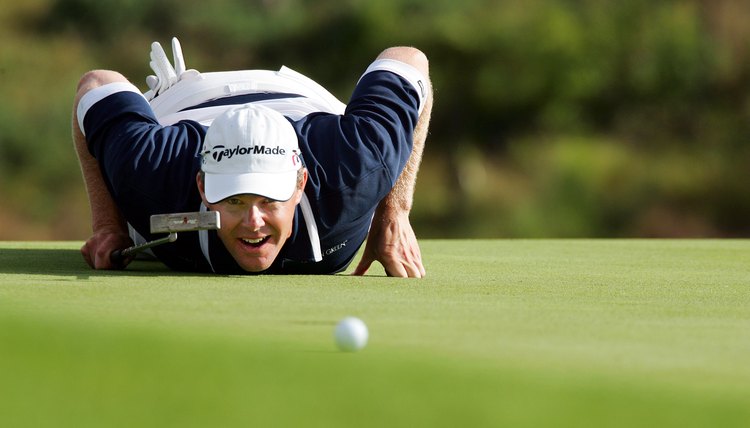Parts of a Golf Course

Each golf course provides a different set of challenges depending on the design and layout of the course. Being aware of and understanding the different parts of a golf course, such as greens, fairways, bunkers, and the occasional dogleg can better prepare golfers for success on the links.
What is a Tee Box?

There are many different course styles including, traditional, links, desert, seaside, forested and each has something different to offer.
The tee is the part of the golf course where each hole begins. The first shot, or tee shot is taken here.
The tee is located in a close-cut area of mown grass at the beginning of each hole. Most golf courses have several sets of tee boxes for players to choose and the tee boxes vary based on different skill levels. The one closer to the fairway are reserved for women and beginners, with more skilled players likely choosing to hit from the back tees. This teeing ground is where golfers will put the golf ball on a tee and hit it.
What is a Fairway?

There are many different course styles including, traditional, links, desert, seaside, forested and each has something different to offer.
The fairway is the area of short grass between the tee box and the green. Finding the fairway with drives is key for being a successful golfer. Hitting approach shots out of the fairway allows players to spin the ball more than they would hitting from the rough.
The way a golfer chooses to hit a shot from the fairway can change depending on the kind of grass on the course. Bent grass fairways tend to make larger divots and can make hitting fat shots easier, while other types of grass can make it more difficult to get the ball in the air.
Oftentimes a bunker, known as a fairway bunker, will appear off to the sides of the fairway. These areas of the course are hard to hit out of if the ball lands there and can add a number of strokes. This is why carrying a sand wedge or lob wedge is necessary during a round of golf.
What is the rough?

There are many different course styles including, traditional, links, desert, seaside, forested and each has something different to offer.
The rough is the longer-cut area of grass surrounding the fairway and green. To be successful, avoid the rough, which is normally allowed to grow longer the farther it is located from the greens and fairways. Hitting from the rough means players must use more club than they normally would to reach the green.
To hit from the rough more easily, play the ball slightly back in the stance and grip down on the club a little. That will help the clubface make direct contact with the ball.
What is the Green?

There are many different course styles including, traditional, links, desert, seaside, forested and each has something different to offer.
Greens, the most closely mowed areas of grass on the course, are where the golf hole and flagstick is located and players putt. Greens can vary depending on the conditions of the course. For example, in hot, dry conditions, a green will play faster than usual and approach shots will be less likely to hold on the green. This area is where the golf club known as the putter is used, which is why the green is often called the putting green.
In wet conditions, the greens will be slow and approach shots will stick. When reading greens before a putt, pay attention to the highest point on the surface--putts will usually roll away from that point.
Hazards
Hazards are lakes, ponds, creeks or other areas on the course marked with red stakes or yellow stakes. Most of these hazards are water hazards but longer grass or thick sets of trees can be considered out of bounds. If a ball is found in a hazard, it can be played. However, if the ball cannot be played, the golfer must take a one-stroke penalty and either rehit or drop near the hazard, but not closer to the hole. Sand traps also are considered hazards, but the golfer can hit out of them with no penalty.
Writer Bio
A former sports and lifestyle reporter at the "Daily Nebraskan," David Green is a writer who has covered a variety of topics for daily newspapers. He was selected by the "Los Angeles Times" to participate in the Jim Murray Sports Writing Workshop. Green holds a bachelor's degree in journalism from the University of Nebraska.
